Rutenbeck Telecommunication cables and wires
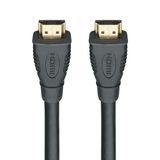
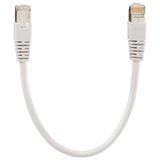
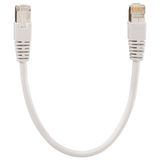
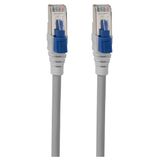
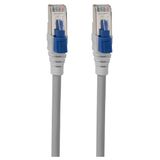
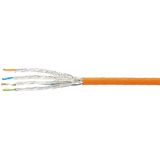


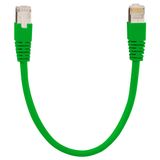
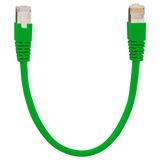


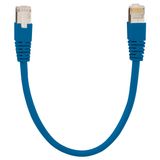
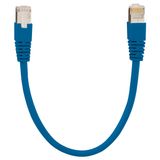
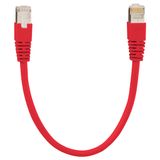
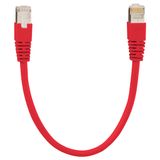
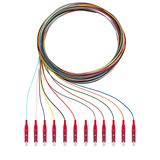
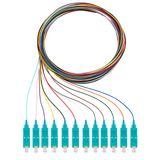
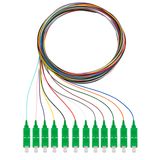



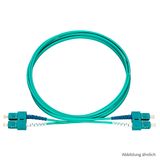
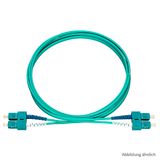



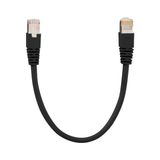




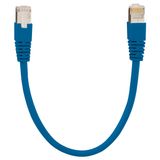
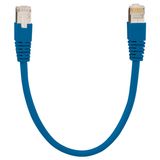
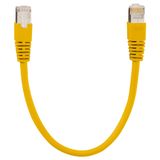


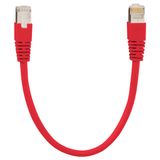
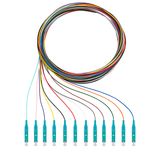
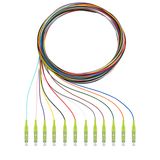

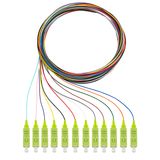

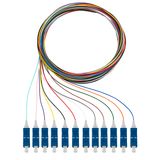

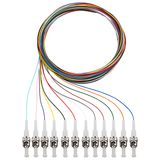
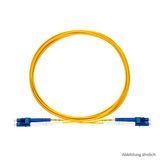
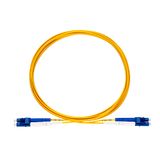
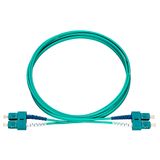
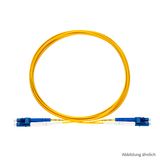
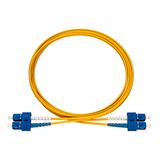
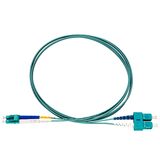
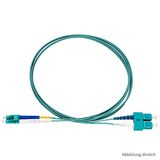

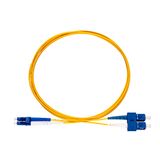
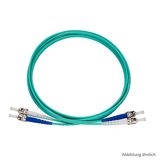
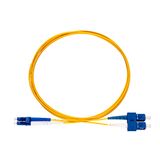
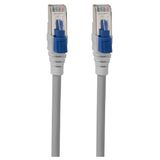
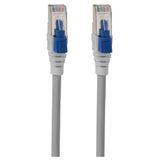
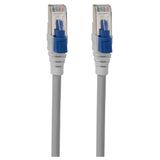
-
-
1
- 2
-
rutenbeck telecommunication cables and wires overview
Rutenbeck low‑voltage data lines are specified when rollouts need predictable performance and clean installs across hotels, offices, and mixed IT/OT spaces. The focus is stable geometry, CPR‑compliant jackets, and shielding that behaves near drives, lifts, and building services.
rutenbeck data cabling technical specifications and standards
- Categories and bandwidths: Cat5e 100 MHz (1G), Cat6 250 MHz (1G with margin/2.5G), Cat6A 500 MHz (10G to 100 m). Impedance 100 Ω per ISO/IEC 11801‑1 and EN 50173 with connector families to IEC 60603‑7.
- Conductor geometry: solid 23–24 AWG for permanent links; stranded 26–28 AWG for patch/door loops. Maintain twist to IDC for NEXT/PSANEXT.
- Shielding options: U/UTP for quiet EMI; F/UTP and S/FTP where VFDs and relays are nearby or where long mains parallels exist. 360° shield termination at entry plates; keep pigtails short.
- PoE capability: supports IEEE 802.3af/at/bt (up to ~90 W). Consider conductor gauge and bundle temperature rise; prefer high‑temp LSZH in dense PoE trays.
- Fire & CPR: jackets rated under EN 50575 with available classes Eca/Dca/Cca/B2ca. Flame EN 60332‑1‑2; smoke and acidity for LSZH per EN 61034/EN 60754.
- Environment: typical service −20…+60/75 °C depending on polymer; bend radius ≥4× OD fixed, ≥8× OD dynamic. UV‑stable options for outdoor conduits.
- Testing: certify links for NEXT, RL, ACR‑F to the target category; document results in the handover pack for future audits.
rutenbeck ethernet wiring applications and compatibility
- MDF/IDF closets and edge rooms: Cat6A permanent links with vertical managers; fiber (OM4/OS2) for long or EMI‑sensitive runs. Use brush/EMC plates at the cabinet entry and lacing bars behind patch fields.
- Guest‑room and workstation outlets: 55×55 mm frames with 1–2 ports, angled modules protecting bend radius in shallow boxes; coordinate with Rutenbeck switch/socket series for a unified look.
- Industrial edges: screened copper near drive rooms and risers; bond shields 360° at the cabinet wall and keep separation from VFD mains.
All parts align with EU back‑boxes (Ø68 mm, 60 mm screw spacing) and with Rutenbeck faceplates, keystones, and patch frames, so tooling and labeling stay consistent across sites
Integration with other brand products and enclosure platforms
Route cables through matched gland/adapter plates, then intercept mechanical load on clamp rails. Keep ELV/data segregated from mains in trunking; reserve radius guides for fiber. When cabinets are Rittal VX25/TS8/KX/AX/AE, mirror entry positions with electrical panels to simplify routing. Document port IDs and PDU circuits beside the patch field.
Selection criteria for B2B clients
- Bandwidth & length — Cat6 for 1G with margin; Cat6A for 10G to 100 m; fiber where EMI or distance wins.
- Shielding plan — unshielded in quiet zones; F/UTP/S/FTP next to motors/relays with 360° bonds at entries
- CPR & environment — choose Eca/Dca/Cca/B2ca per building zone; LSZH in public routes; UV‑stable for outdoor ducts.
- Geometry & bend — confirm box depth and use angled modules to maintain radius; standardize solid for links, stranded for patch.
- PoE workload — consider bt‑class bundles; watch temperature headroom and contact quality.
Procurement often standardizes one Cat6A line for links, a stranded patch family, and an LSZH fiber (OM4/OS2) for backbones—training and spares stay simple.
Advantages of working with Bankoflamps
Commercial terms follow your bill of materials with individual B2B pricing and formal offers. A dedicated account manager coordinates samples and logistics, and we expose live EU‑wide stock for planning. Quotes typically arrive in about an hour. Orders are placed by EAN/MPN for clean traceability, and our price lists are downloadable and current. You get lead‑time and order‑status tracking, purchase‑history analytics to consolidate SKUs, and post‑payment terms up to 30 days for trusted clients. We also plan consolidated shipments to lower freight costs, hold prices with validity dates, and support teams in France, the Baltics, Germany, Spain, Italy, Belgium, and the Netherlands.
Usage note: in specifications, the term rutenbeck telecom lines can group copper and fiber runs, entries, managers, and labeling into a single system so crews follow one repeatable playbook across sites.